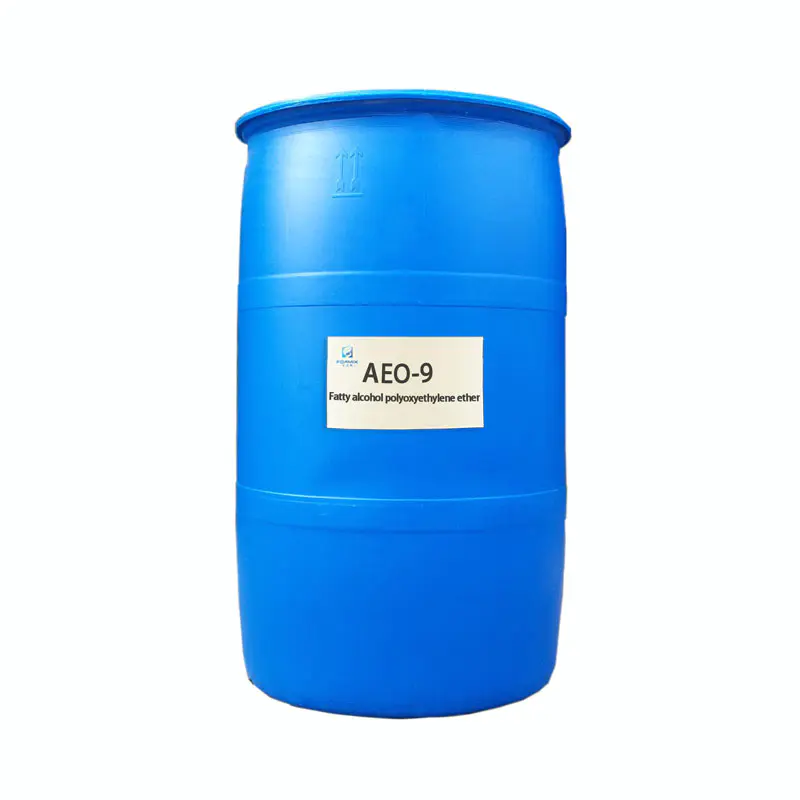What Are Surfactants? A Deep Dive into Their Role and Applications
2025-01-20
Surfactants are an essential component in many industries and everyday products, providing functionality and performance that we often take for granted. But what exactly are surfactants, and why are they so important? Let’s explore.
What Are Surfactants?
Surfactants, or surface-active agents, are compounds that reduce the surface tension between two substances, such as a liquid and a solid or two immiscible liquids like oil and water. This unique property allows surfactants to facilitate mixing, spreading, and cleaning.
The molecular structure of a surfactant includes two main parts:
- Hydrophilic Head: Water-attracting (polar).
- Hydrophobic Tail: Water-repelling (non-polar).
This dual nature enables surfactants to interact with both water and oil, making them effective in a variety of applications.

Types of Surfactants
Surfactants are categorized based on the charge of their hydrophilic head:
1. Anionic Surfactants: Negatively charged, commonly found in detergents and soaps.
2. Cationic Surfactants: Positively charged, used in fabric softeners and disinfectants.
3. Nonionic Surfactants: No charge, often used in cosmetics and emulsifiers.
4. Amphoteric Surfactants: Can be either positively or negatively charged depending on pH, used in mild cleaning products.
Key Applications of Surfactants
1. Cleaning Agents: Surfactants are a primary ingredient in detergents, shampoos, and soaps, breaking down grease and dirt.
2. Emulsifiers: Stabilizing mixtures of oil and water in food, cosmetics, and pharmaceuticals.
3. Wetters and Dispersants: Enhancing water spread on surfaces, useful in agriculture and paints.
4. Foaming Agents: Creating lather in personal care and industrial applications.
5. Oil Recovery: Assisting in the extraction of oil by reducing interfacial tension in reservoirs.
Environmental Considerations
With growing awareness of sustainability, biodegradable and eco-friendly surfactants are becoming increasingly popular. Plant-based and bio-surfactants are replacing traditional petroleum-based products in many applications.
Conclusion
Surfactants are indispensable in modern life, enabling a wide range of products and processes. From cleaning our homes to improving industrial efficiency, their versatility is unparalleled. As industries focus on greener alternatives, surfactants are evolving to meet the demands of a sustainable future.


